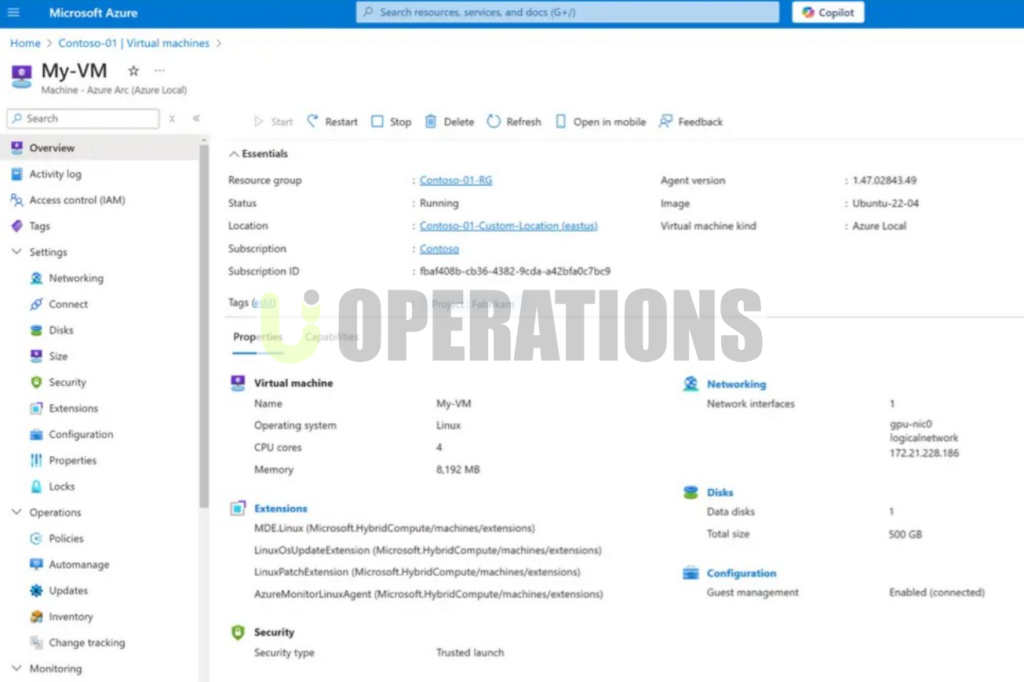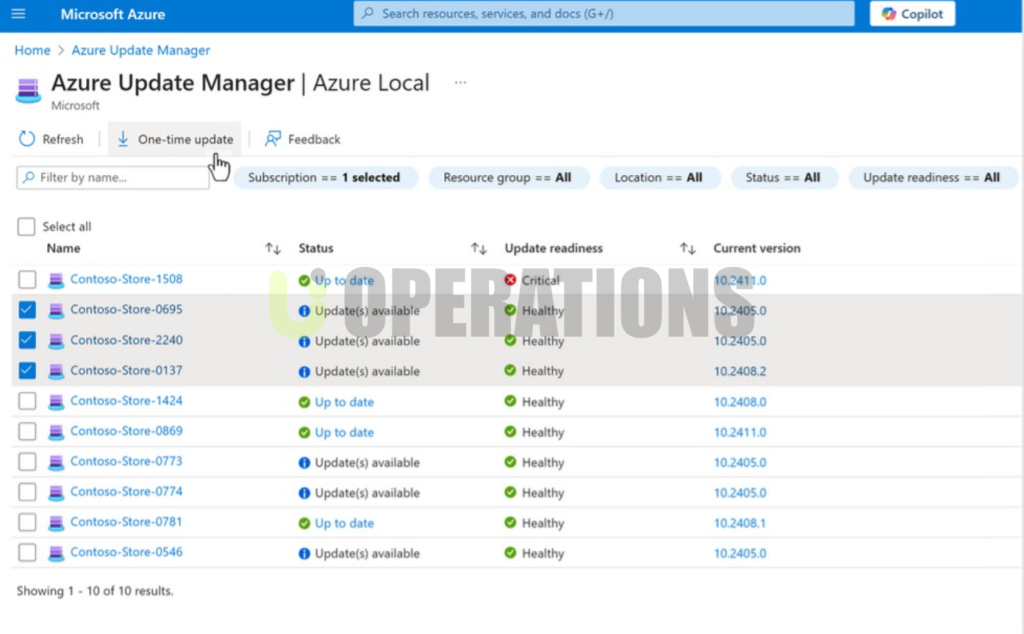Portfolio Details
AWS Infrastructure and Direct Connectivity Integration
Price: 1200$
Duration: 1 Week
01
Client Requirement
One of our client projects involved designing and implementing a robust Azure infrastructure with seamless direct connectivity between their on-premises data center and their Azure environment. The client had several key requirements that needed to be addressed to ensure a successful deployment:
- Direct, High-Speed Connectivity:
The client needed a private, high-speed connectionbetween their on-premises network and Azure. They required this connection to bypass the public internet, ensuring low latency and high bandwidth for their critical applications. - Enhanced Security:
The client had strict security policies in place and required a solution that would provide fine-grained access control, network isolation, and high levels of security. They wanted to minimize exposure to external threats while ensuring compliance with industry regulations. - Redundancy & High Availability:
A key requirement for the project was the implementation of redundancyand high availability. The client needed a failover mechanism that would ensure continuous service in the event of a network disruption or failure. - Seamless Hybrid Cloud Integration:
The client wanted to integrate their on-premises workloads with Azure in a seamless manner. The solution had to support hybrid cloud operations, allowing their workloads to run efficiently across both on-premises and cloud environments. - Disaster Recovery (DR) Solution:
As part of their business continuity plan, the client required a disaster recovery solutionto ensure that critical workloads could be replicated to Azure and quickly recovered in case of an outage.
- Direct, High-Speed Connectivity:
02
Solution Delivered
To meet the client’s requirements, we delivered a comprehensive Azure infrastructure and direct connectivity solution. The architecture was designed to be high-performing, secure, and scalable, addressing each of the client’s needs:
- High-Speed Private Connectivity (ExpressRoute):
To meet the requirement for high-speed, secure connectivity, we implemented ExpressRoute, providing a dedicated private connection between the client’s on-premises data center and Azure. This solution bypassed the public internet, ensuring low-latency, high-bandwidthcommunication between on-premises systems and Azure workloads. - Azure Infrastructure Setup:
- Virtual Networks (VNet) Design: We designed and implemented an Azure VNet with multiple subnets to house various workloads (e.g., application, database, management subnets). This ensured proper segmentationand secure communication between resources.
- Network Security Groups (NSGs): To enhance security, we implemented NSGsat both the subnet and virtual machine (VM) levels, ensuring that only authorized traffic could access critical resources.
- Azure Firewall: To strengthen security, we deployed Azure Firewallfor centralized monitoring and protection of the environment from potential threats, ensuring that no unauthorized access could take place.
- Redundancy & Failover Configuration:
To guarantee high availabilityand automatic failover, we set up multiple ExpressRoute circuits for an active-active configuration. This ensured that if one connection failed, the other would automatically take over with minimal disruption. Additionally, we configured a Site-to-Site VPN as a backup connection, providing a redundant pathway for communication between the client’s on-premises network and Azure. - Hybrid Cloud Integration:
The client needed seamless hybrid cloud operations. To achieve this, we designed the solution to support hybrid workloadsby integrating on-premises systems with Azure resources. This allowed the client to easily extend their on-premises applications to Azure, enabling flexibility and scalability as they migrated more workloads to the cloud. - Disaster Recovery & Business Continuity:
To meet the client’s disaster recovery needs, we implemented Azure Site Recovery. This solution allowed the replication of critical workloads to Azure, ensuring that in the event of a disaster, the client could quickly failoverto their cloud infrastructure with minimal downtime. We also configured automatic failback to on-premises systems once the environment was restored.
- Redundancy & Failover Configuration:
- High-Speed Private Connectivity (ExpressRoute):
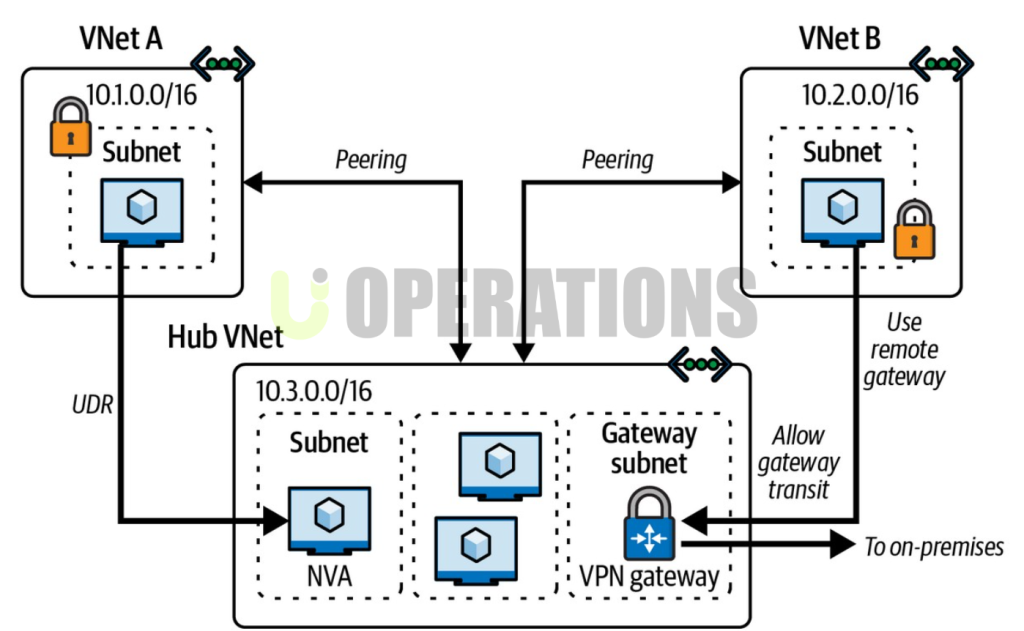
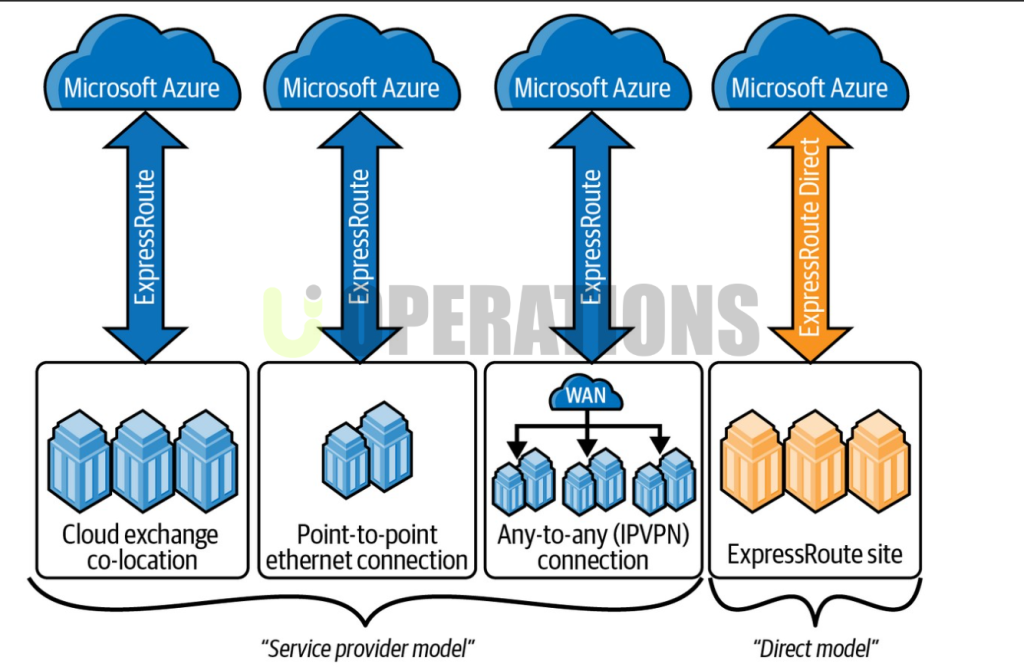
03
Key Achievements
- Enhanced Network Performance:
The implementation of ExpressRoutesignificantly improved the network performance, providing a high-speed, low-latency connection between the on-premises environment and Azure. This allowed critical applications to run more efficiently, with consistent performance. - Stronger Security Posture:
The combination of Azure Firewall, NSGs, and private ExpressRoute connectionsensured that the client’s Azure environment was secure and compliant with industry standards. The solution minimized the risk of cyber threats while ensuring robust protection for sensitive data. - Redundancy & High Availability:
By deploying multiple ExpressRoute circuitsand implementing Site-to-Site VPN failover, the client now has a highly available network architecture. This guarantees that their business operations remain uninterrupted, even in the event of network disruptions. - Seamless Hybrid Cloud Integration:
The solution enabled smooth hybrid cloud operations, allowing the client to expand their workloads into Azure without disruption. They now have the flexibility to manage workloads between their on-premises data center and Azure seamlessly. - Disaster Recovery Assurance:
With Azure Site Recoveryin place, the client can rest assured that their critical workloads are protected and can be recovered quickly in the event of an unforeseen outage, ensuring business continuity.
- Enhanced Network Performance:
04
Challenges Overcome
- Complex Network Configuration:
Configuring a hybrid cloud infrastructure with ExpressRouteand Site-to-Site VPN required careful planning to ensure seamless routing and proper traffic flow between on-premises and Azure environments. Through meticulous testing and configuration, we ensured optimal routing and traffic management. - Security Compliance:
The client had strict security compliance requirements that had to be met. Ensuring that all network components adhered to these requirements involved continuous collaboration with the client’s security team, along with rigorous security testing and validation. - Redundancy & Performance Optimization:
Ensuring redundant circuitsand high availability for mission-critical systems required careful capacity planning and tuning. We optimized the network’s performance, ensuring that failover mechanisms worked seamlessly without compromising application performance.
- Complex Network Configuration:
05
Tools and Technologies Used
- Microsoft Azure: Virtual Networks, ExpressRoute, VPN Gateway, Azure AD, Azure Site Recovery, Azure Firewall, Network Security Groups, Network Watcher, Azure Monitor
- Networking Protocols: BGP, IP Routing, VPN, ExpressRoute
- Security Tools: Azure Firewall, NSGs, Security Center
- Backup & DR: Azure Site Recovery, Backup Vaults
- Monitoring & Management: Azure Monitor, Network Watcher
06
Outcome
By the end of the project, the client achieved the following:
- A high-performance, secure, and scalableAzure infrastructure with direct, private connectivity to their on-premises network via ExpressRoute.
- Improved security posture, with advanced threat protection, access control, and compliance measures in place.
- Redundant connectivitywith failover mechanisms to ensure business continuity in case of any network failures.
- Seamless integration between on-premises and Azure environments, allowing the client to run their workloads across both environments with flexibility.
- A disaster recovery solutionthat ensures critical data and workloads can be recovered quickly, minimizing downtime in the event of a disaster.
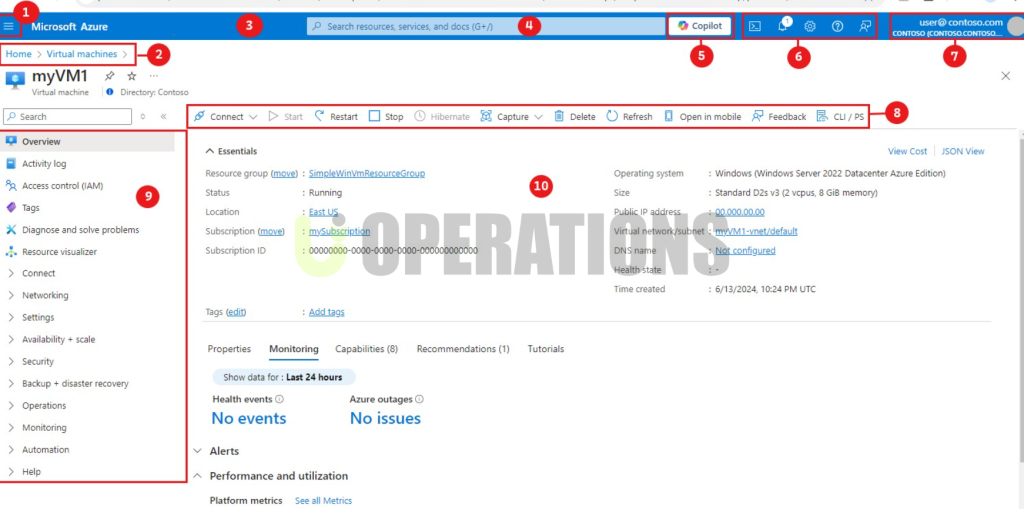
07
Conclusion
This Azure infrastructure and direct connectivity integration project successfully addressed all of the client’s requirements. The solution provided a highly available, secure, and scalable infrastructure that enabled seamless hybrid cloud operations and disaster recovery. The successful integration of ExpressRoute, Site-to-Site VPN, and Azure Site Recovery provided the client with a resilient network solution that will support their growth and business continuity for years to come.
